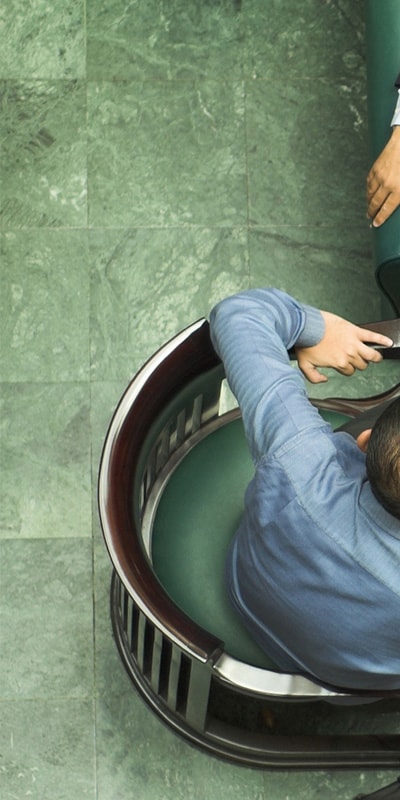SCREED HYDRONIC FLOOR HEATING
Screed hydronic underfloor heating is a highly efficient radiant heating system and the ideal choice in open-plan modern homes as an alternative to traditional and less efficient heating systems. Used for both residential and commercial properties, installed in new builds or retrofitting old buildings, a new sand and cement screed is being poured. Hydronic screed underfloor heating is ideal for large areas, 80m2+.
Any type of floor covering can be installed on top of the screed underfloor heating providing you do not penetrate the sand and cement screed. Polished concrete floors are a popular floor finish to install with underfloor heating as exposed concrete can be cold and hard underfoot.
Fast, responsive heating with any floor covering on top
INSTALLATION
Hydronic underfloor heating pipe is attached to a lightweight mesh on top of the subfloor before a minimum 50mm sand and cement screed is laid. These pipes flow to one or multiple hydronic manifolds which are plumbed back to the heat source being a natural gas boiler or hydronic heat pump.
An insulation layer can be installed over the sub floor prior to the installation of the hydronic pipes and the screed bed. This provides a thermal break between the sub floor and the heated screed bed ensuring most of the heat generated will be radiated up into the room above.
Comfort Heat must be advised of any expansion joints in the screed bed as pipes can pass over an expansion joint but with the correct installation method. Screed hydronic heating requires 30mm coverage above the pipe to ensure the structural integrity of the screed. (This means a minimum screed thickness of 50mm. If insulation is being installed then the height of this will be added to the floor build up)
The hydronic floor heating pipe is held on the floor by either plastic pins attached to 30mm insulation foam (R1 rating) or clipped to a light wire mesh. (An additional reinforcing mesh may need to be installed in the screed over the hydronic pipe on chairs)
Hydronic screed heating is suitable for large areas (80 m²+) and requires a sand and cement bed on top of the pipe. The minimum depth of the screed bed is 50mm. Screed installations have a faster response time than in slab installations, as the pipe is closer to the floor surface however, they do not have the same ability to store the heat to provide thermal mass.
TECHNICAL SUPPORT
Comfort Heat provides technical diagrams, electrical loads and helpful tele-support for a seamless installation. Your project manager will need to coordinate with a licenced electrician, plumber and concrete contractor to ensure all trades have the specifications they require.
PIPE TECHNOLOGY
REHAU PEX pipe is a cross-linked polyethylene pipe with an oxygen barrier to prevent corrosion and specially designed for underfloor heating systems. With in slab hydronic heating, we aim for a heat output of 100-120W/m².
CONSIDERATIONS
- Minium screed thickness is 50mm
- Insulation recommended under the screed
- Fast responsive heat

Brochures
TECHNICAL DATA
| Pipe Diameter | 16mm |
| Screed Thickness | Minimum 50mm |
| Pipe Warranty | 25 years |
FAQS
What Screed Hydronic Floor Heating Questions Customers Ask?
Have Questions?
To find out more about underfloor heating, view our brochures or contact us to discuss all our products and services.

